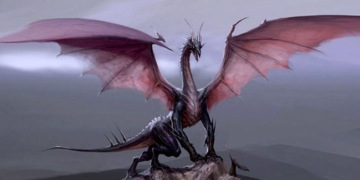The full moon of the third lunar month, nicknamed the Pink Moon, will appear bright and full in the sky from April 22 to April 24. The moon will be fullest on April 23 and will shine in the constellation Virgo, close to Spica, one of the 20 brightest stars in the night sky.
The timing of the full moon coincides with the peak of the Lyrid meteor shower and may overshadow the appearance of annual shooting stars.

A low view of the moon in the sky at sunset. (Photo: Getty Images).
The Pink Moon is named after the color of flowers that bloom during this time of year. It is also known as the Broken Snowshoe Moon, the New Moon, the Awakening Moon, and the Egg Moon.
Other names given by Native Americans for the full moon in March include: Red Grass Appearing Moon (Oglala), Grass Growing Moon (Tlingit), Black Berry Moon (Choctaw), Flower Moon (Cherokee), and Big Leaf Moon (Apache), according to the agricultural calendar.
According to the Native American Research Center, the Anishinaabeg, or Ojibwe, indigenous people of the Great Lakes region refer to it as Popogami Giizis or Broken Snowshoe Moon.
In Judaism, the Pink Moon is also referred to as the Passover Moon because it marks the first day of the Jewish Passover (Pesach).
Another name is Resurrection Moon. This name derives from its association with Easter (“paschal” meaning related to Easter), celebrated by Western Christians on the first Sunday after the first full moon on or after the vernal equinox.
In a rare cosmic event, many sky observers in North America also witnessed the Pink Moon during the new moon phase on April 8, when the moon briefly obscured the sun during a total solar eclipse. True to its nickname, the moon provided some stunning pink views of the sun’s atmosphere at the peak of the eclipse.


















































